Nice repair Tom. I need to do that same repair on drivers side of Foamcar. Passenger side will get new part that already has a good hole.
Phil
Phil
 It's about oxygenation leading to crystallization within the process, but for what's going on with the repair of a 356, little of that technical info is needed.
It's about oxygenation leading to crystallization within the process, but for what's going on with the repair of a 356, little of that technical info is needed.  with far less than 5 minutes with a torch all the way around just getting it 'medium well.'
with far less than 5 minutes with a torch all the way around just getting it 'medium well.' 
 building a roll cage for a race car using my knees for the pedal action. I used to thank heaven for 4130 and how well it welds!
building a roll cage for a race car using my knees for the pedal action. I used to thank heaven for 4130 and how well it welds! 
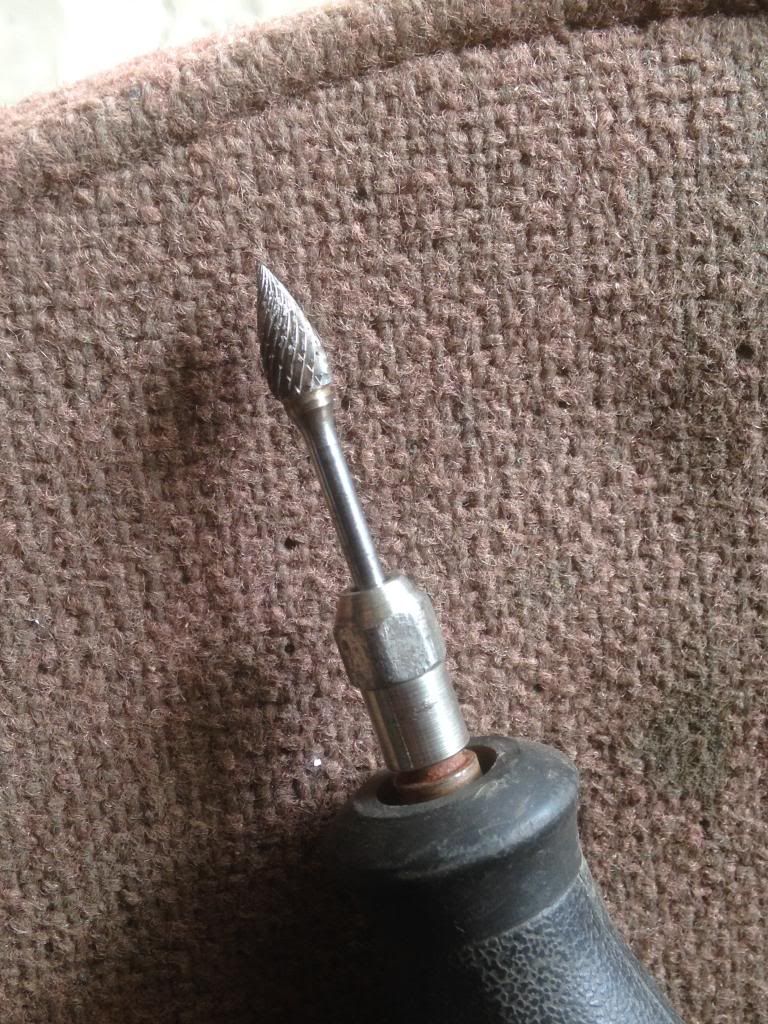

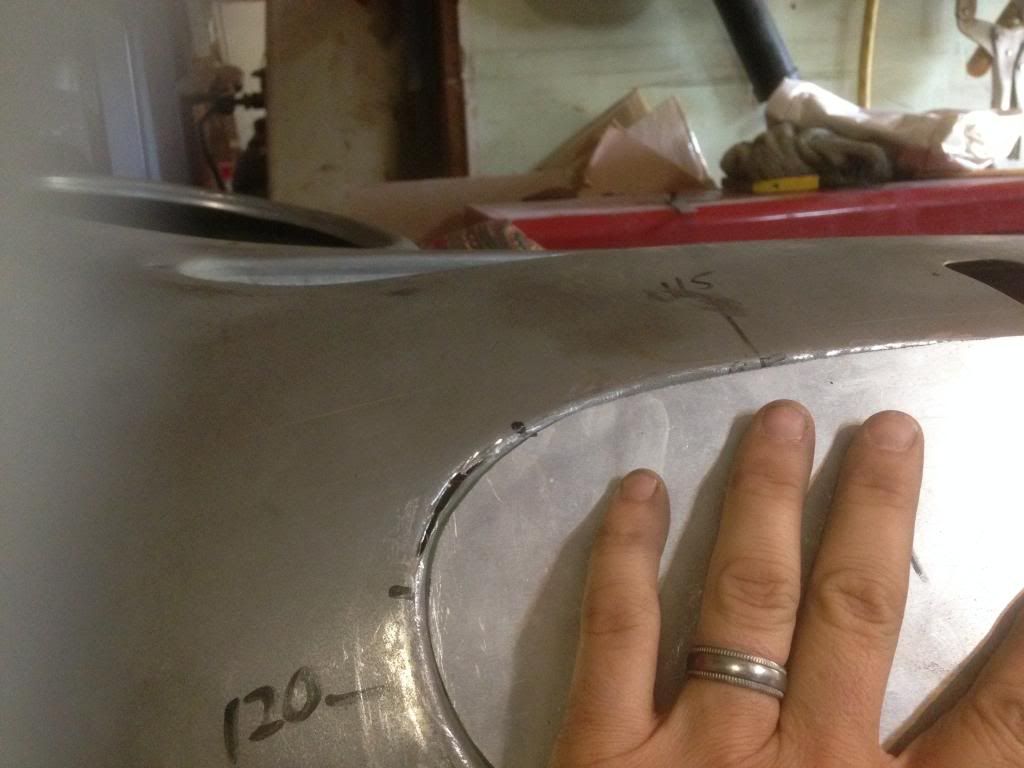
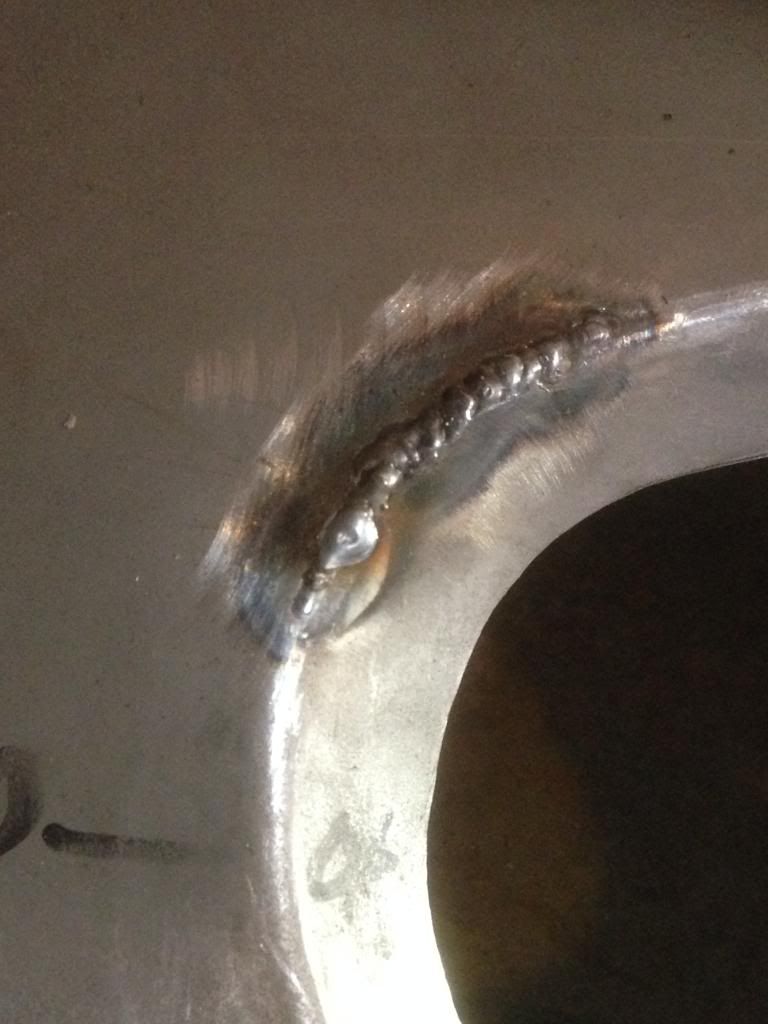
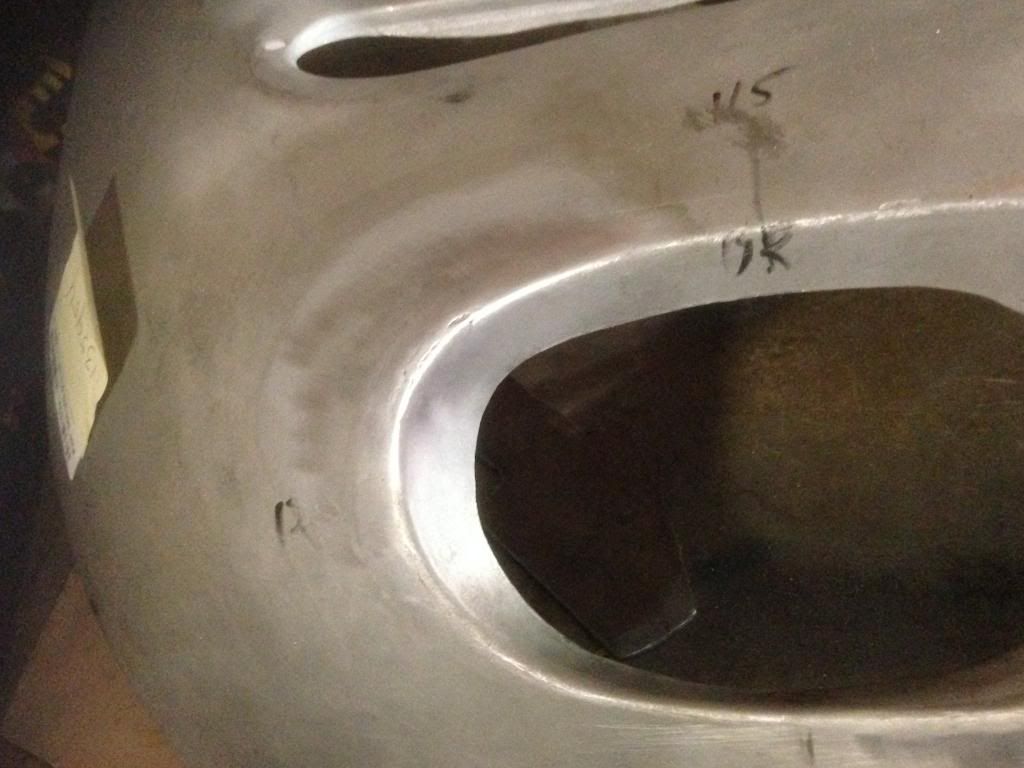
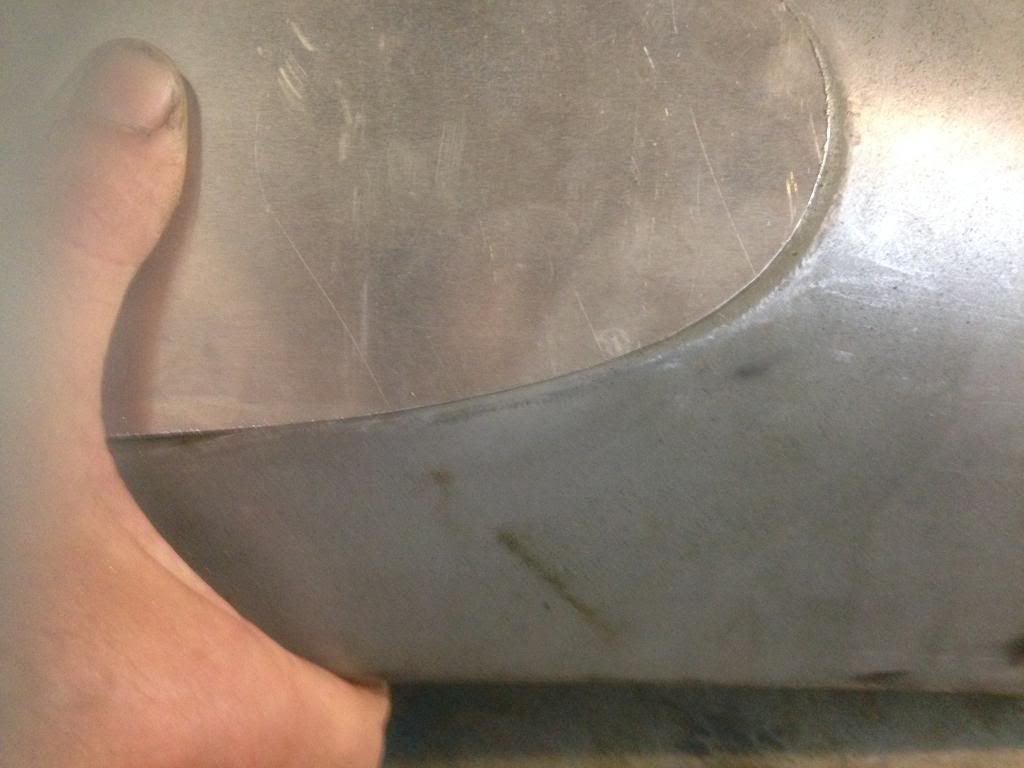
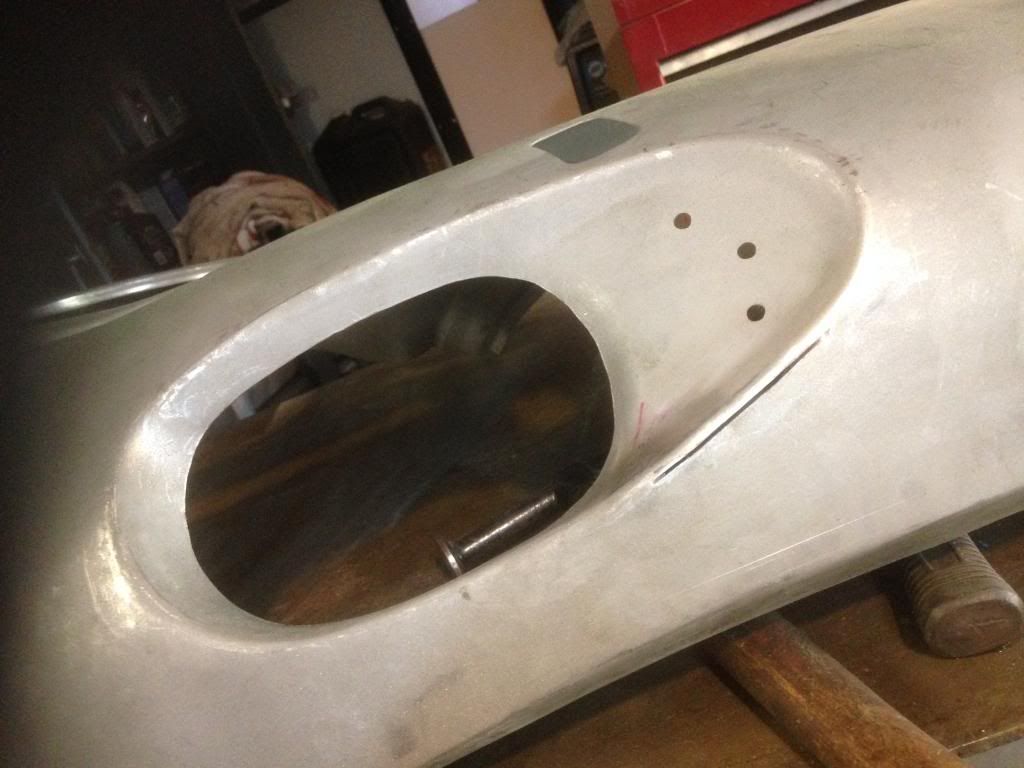

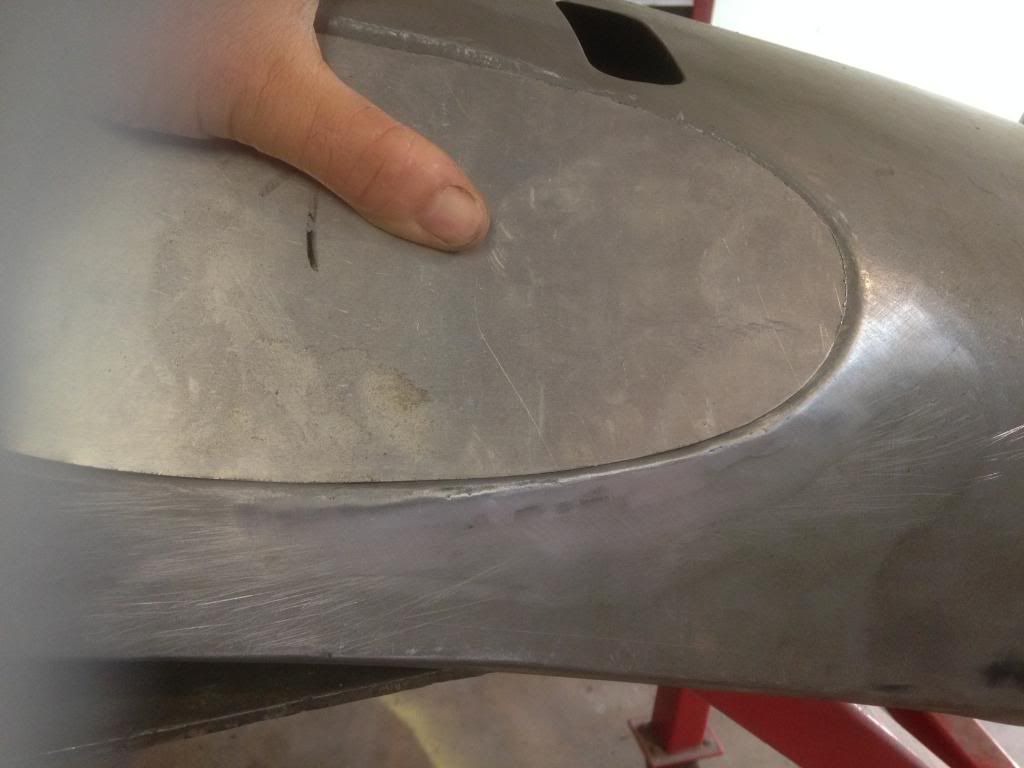


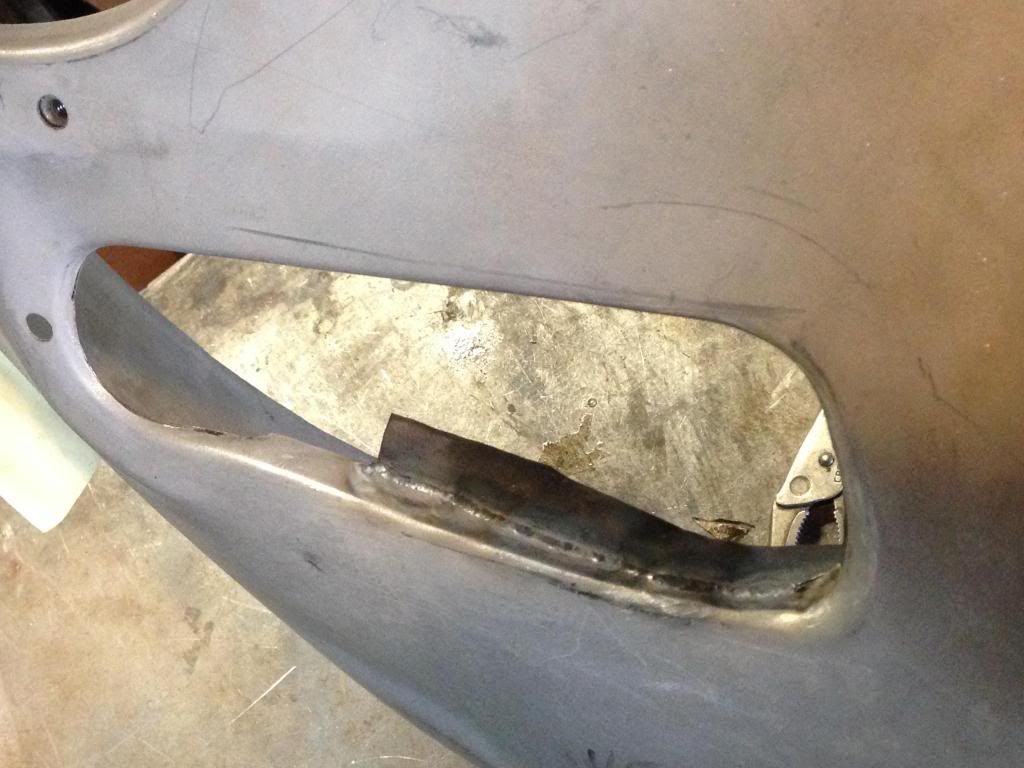


Comment